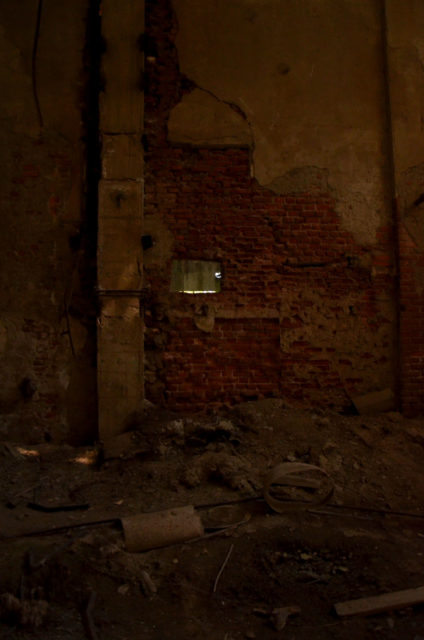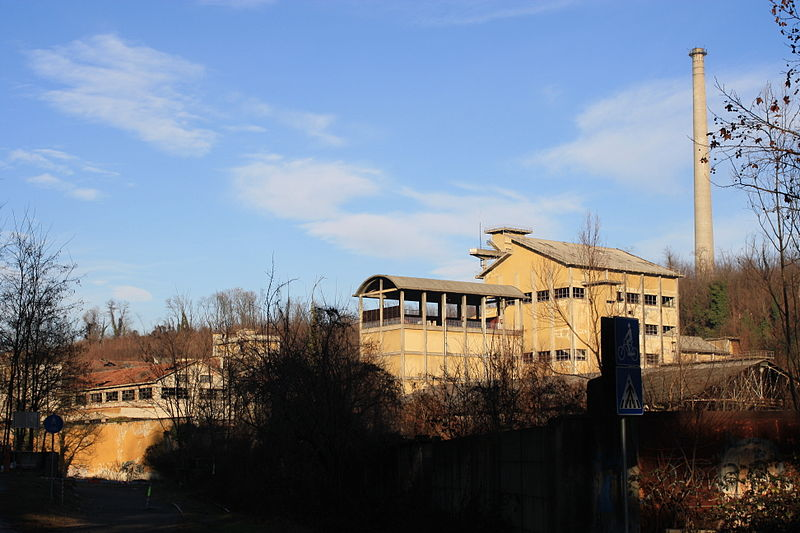There have been factories in the Olana Valley in Italy as far back as 1608, but one paper mill in particular has captured the imagination of urban explorers. Until it was demolished in 2017,
Originally, the factories in this area were generally engaged in spinning. However, records from 1750 indicate that Count Pusterla owned a factory that was partly dedicated to processing paper. Around a century later, in the 1850s, one of the factories was enlarged and transformed into a full paper mill.
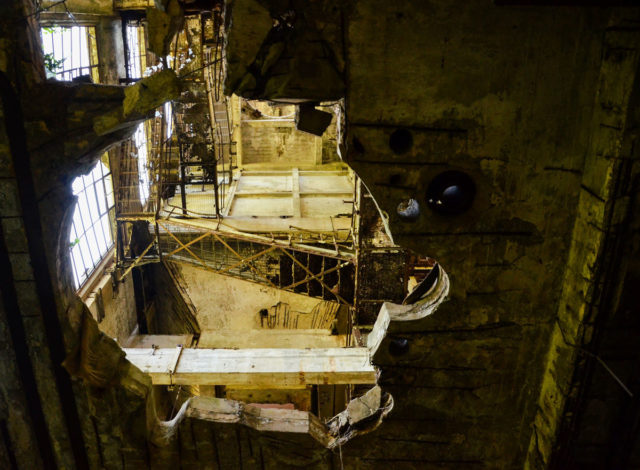
In 1881, the mill came into the possession of Cartiera Canziani & Company. They ran it for a decade before Enrico Vita took it over. In 1897, it was renamed the Cartiera Enrico Vita & Co factory.
It was at this time that the mill was enlarged and began to flourish. Enrico made adaptations to the mill that allowed it to take in water from the nearby Olona river, which helped boost production.
When Enrico passed on, his sons took over at the helm and the business was renamed the Fratelli Vita. When Matilde Vita married Sally Mayer, the name was changed one final time in 1906 to become the moniker the building is known by today: Cartiera Vita & Meyer.
This family business found great success and their name became well-known in the area. By 1908, the paper mill employed around 440 people and produced 6,000 tons of paper a year.
When the Valmorea Railway was built nearby, the paper mill was able to take advantage of the new transport links both to import raw materials and export finished products.
Business was put on hold by the First World War, but once the fighting was over, new equipment was installed, and the mill was expanded again.
This time, not only were new factory buildings added, but an employee training school was also annexed. Despite floods hitting the area three times between 1908 and 1917, production and development continued.
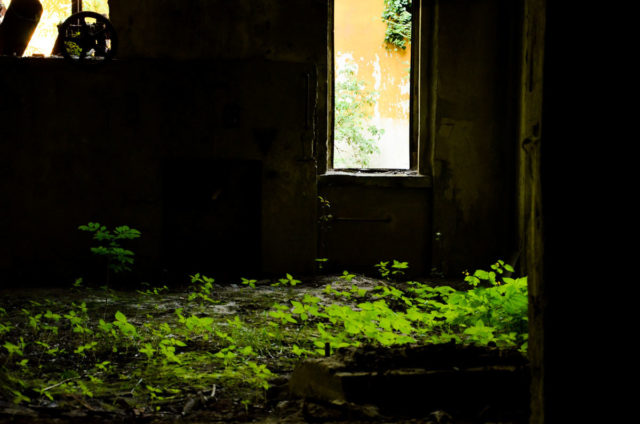
A key development occurred in 1937 when the plant began producing cellulose – a raw ingredient that the mill had previously been obliged to purchase. After that, the factory was able to produce around 8,000 tons of cellulose a year. By 1940, the number of employees had grown to over 900 workers.
The Second World War brought greater upheaval because both the Vita and the Mayer families were of Jewish descent, and so they were forced to flee to Switzerland in fear of the new Italian racial laws.
Ownership of the factory was transferred to the government, and the factory was deemed part of an industry that was crucial to national defense.
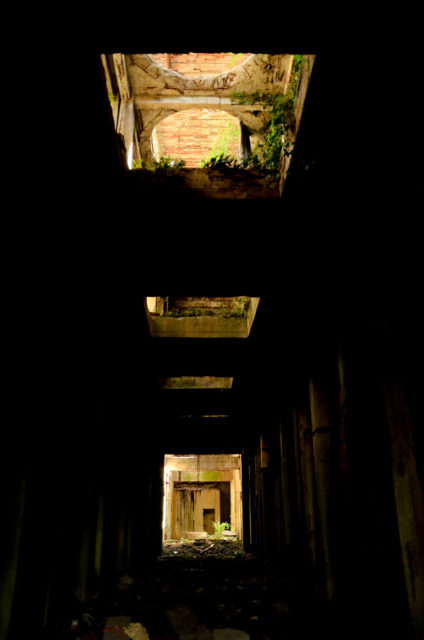
By the end of April 1945, the Mayers were able to regain their title to the paper mill. Luckily, the paper mill had survived the war intact and production could be started up again swiftly.
The paper business continued to grow, with the factory enjoying peak production in the 1940s and 1950s. New buildings sprung up all along the narrow valley between Cairate and Lonate Ceppino. A power plant was constructed to serve the mill, located at the top of a hill with a tall concrete chimney that dominated the skyline.
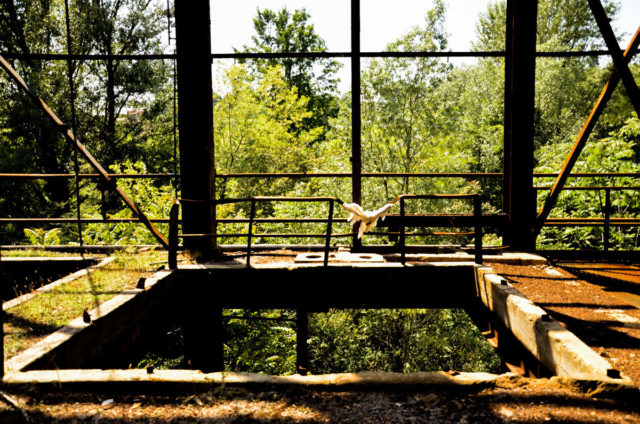
When Sally Mayer passed away around 1949, the business came into the hands of her son, Astorre Mayer. He decided that he was going to focus on the market for disposable paper products, and it was a decision that was to see the paper mill flourish.
Despite a severe flood in 1951, a second factory was built just south of the first one. The original factory was named Vita Mayer while the second one was christened Cairate VIMA.
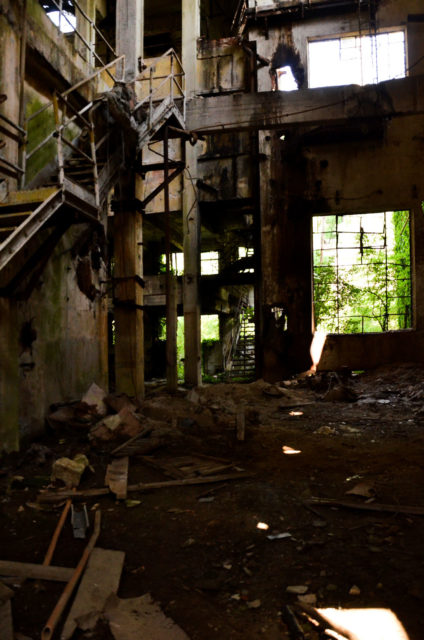
During the 1960s, the paper mill was producing around 80,000 tons of paper every year, using up to six freight trains a day to transport it. Vita Mayer employed 2,000 workers while Cairate VIMA offered employment to 750 people.
The beginning of the end came in 1971 when there was a paper crisis. This was due to an increasingly competitive international market and also difficulties in securing timber. Although state funding was granted, the company only received two million of the six million lire promised.
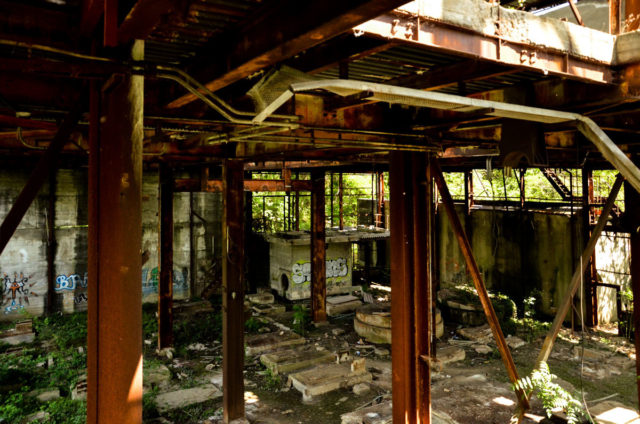
To add to the dire situation, the Valmorea Railway closed down in 1976 as it wasn’t used very much beyond its use by the paper mill. Furthermore, two serious floodings of the Olona river in 1975 and 1976 resulted in damage that could not be fixed. The company was forced to declare itself bankrupt and close down the mill in August 1977.
The property was put up for sale at a bankruptcy auction in 1989 when it was bought by Sogeiva (now known as Prealpi Servizi, a state-funded enterprise). Unfortunately, despite numerous suggestions for renovation and reuse being put forward, the property was merely left in an abandoned state.
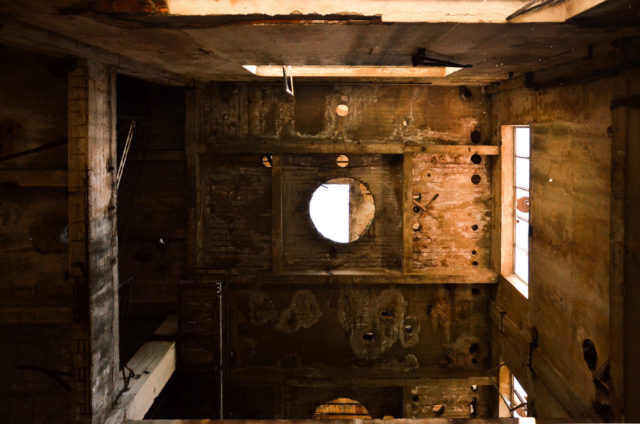
After a fatality in 2015, when a young boy entered and fell through the floor, the property was confiscated by the Prosecutor’s Office until security fences were installed around the area.
After continually failing to find a use for the site, a joint agreement was signed by the Lombardy region and the two municipalities of Cairate and Fagnano. It signaled a shared intention to reclaim much of the industrial site. The demolition of several of the buildings began in 2017, as did the process of removing asbestos from some of the other buildings.
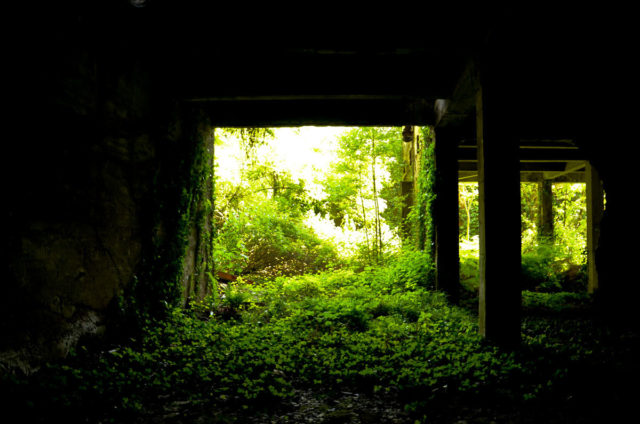
A reinforced concrete tower was the first building to be demolished in October 2017, and the event was attended by government officials, the press, and previous employees of the paper mill. It is hoped that once the land is cleared and made usable again, the state will be able to find an investor that can use the land in a manner that will benefit residents and locals businesses.
A huge thank you to Ylenia Casari who is the owner of the photographs in this article. At the moment, she lives in London and runs a Behance account to share some of her work, which includes her photography of abandonment. Check out Ylenia’s page and feel free to contact her.
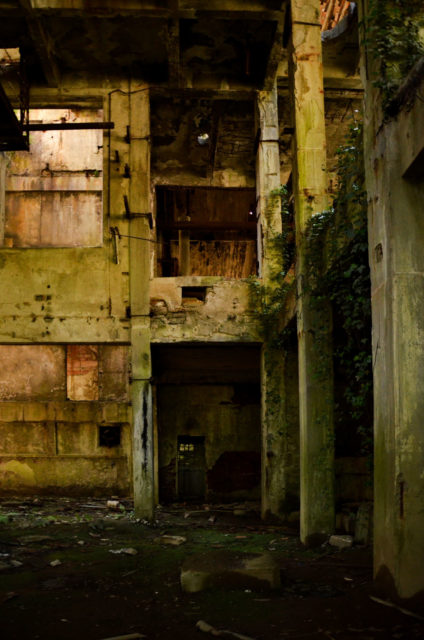
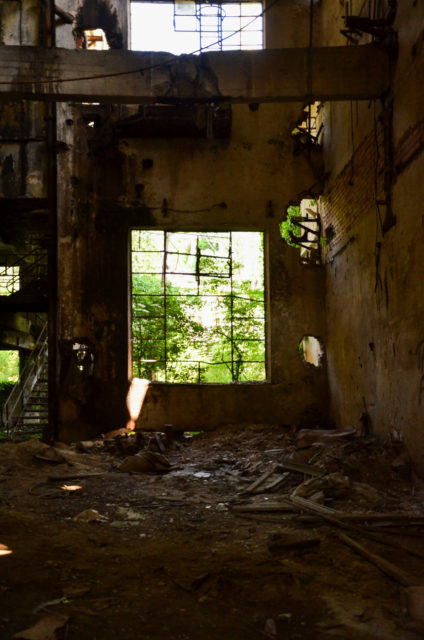
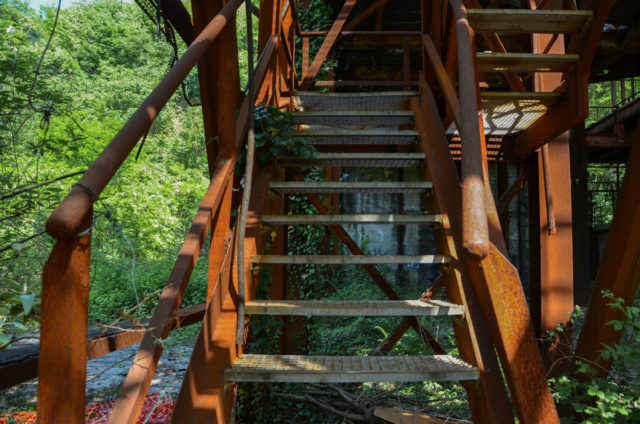
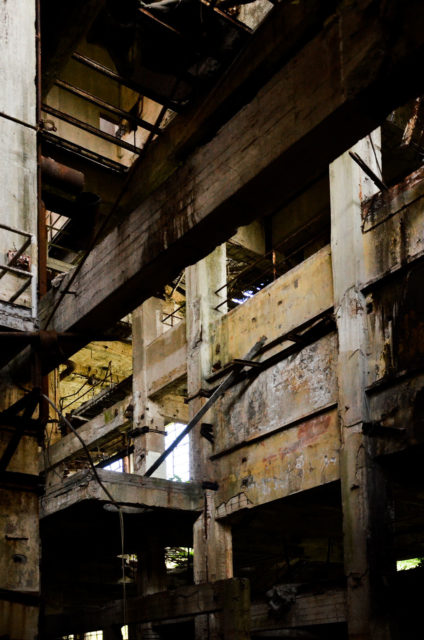
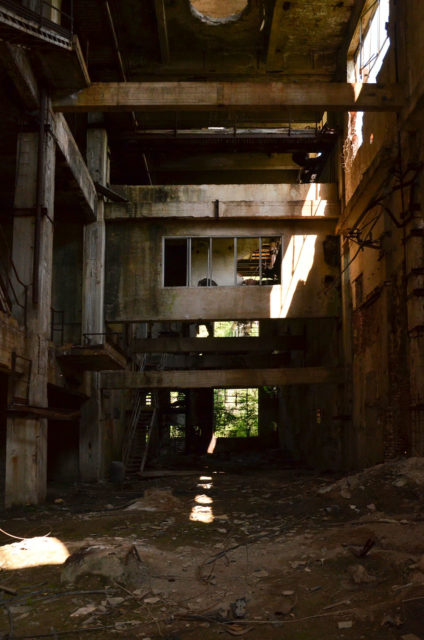
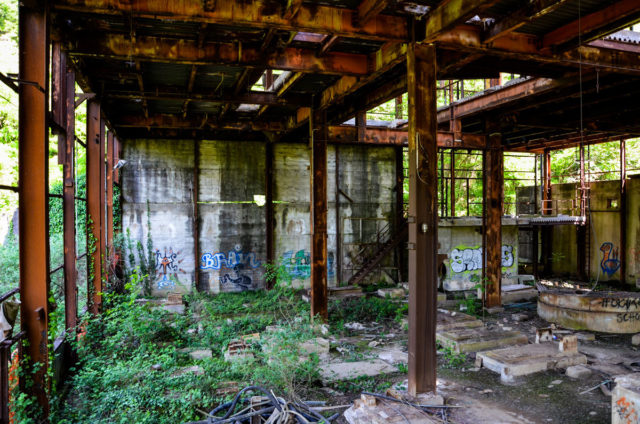
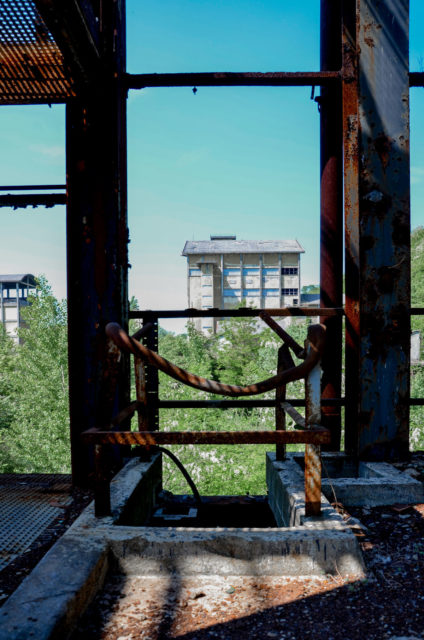
Derelict Gothic Asylum, Denbigh, Wales
